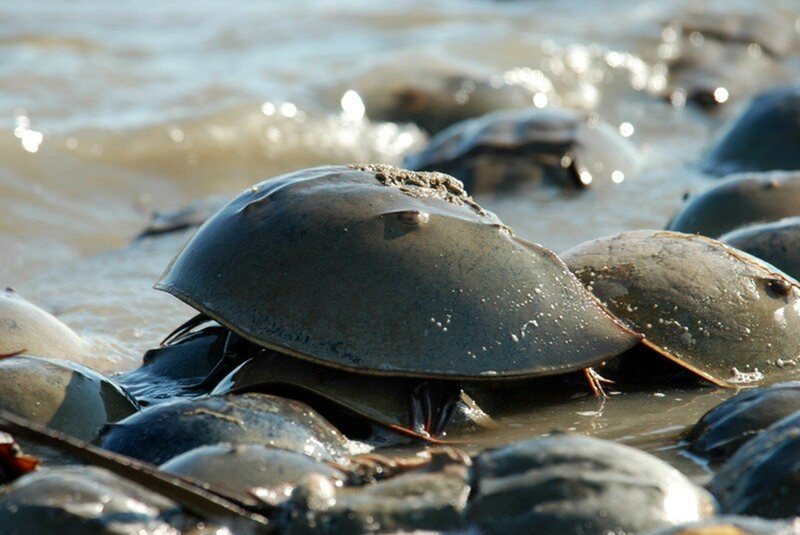For Immediate Release, March 20, 2025
|
Contact: |
William Snape, American University, (202) 536-9351, [email protected] |
Maryland Court Orders Release of Hidden Horseshoe Crab Mortality Data
ANNAPOLIS, Md.— A judge in Maryland today sided with the Center for Biological Diversity in a lawsuit arguing that the Maryland Department of Natural Resources must release its data on horseshoe crab deaths. The ruling states the agency must produce all relevant government records within 30 days.
Judge Robert Thompson of the Maryland Circuit Court for Anne Arundel County granted the Center’s motion under the state’s Public Information Act lawsuit to order the state department to release all relevant horseshoe “take” records. The Center’s lawsuit sought state records on how tens of thousands of horseshoe crabs are killed, bled or injured each year by pharmaceutical companies and fishermen. Oral arguments were held March 12.
“This is good news for horseshoe crabs and the people of Maryland, who have a right to know how their government’s actions affect imperiled wildlife,” said William Snape, an attorney representing the Center. “Once we finally get these biological records, we can better understand why this ancient species is still rapidly declining.”
Biomedical companies harvest horseshoe crabs and drain their blue blood, which is used to detect toxins in drugs and medical devices. Horseshoe crab blood harvests have doubled since 2017, with more than 1 million horseshoe crabs harvested for their blood in 2022. Harvest levels remain high in Maryland and many eastern seaboard states to this day.
As a result, horseshoe crab populations have crashed, and the species is threatened with extinction, but Maryland and other states have been blocking the release of data about how many horseshoe crabs are being harmed or killed.
“This data can reveal the extent of overharvesting and help save horseshoe crabs from extinction,” said Will Harlan, a senior scientist at the Center. “Complete information is critical for protecting these imperiled animals.”
Synthetic alternatives to horseshoe crab blood tests are already being used in Europe, but companies in the United States have been slow to adopt the synthetics. By fully revealing the overharvest of horseshoe crabs, this data can help accelerate the transition to synthetic alternatives.
Horseshoe crabs are brown, body-armored arthropods with 10 eyes and a long, spiked tail. Despite their intimidating appearance, they are completely harmless to humans.
Each spring along the Atlantic coast, horseshoe crabs lay their eggs in massive beach spawning events.
Nearly twice as old as the dinosaurs, horseshoe crabs have been crawling ashore for more than 450 million years. In the past decades, however, horseshoe crab populations have declined steeply in all states, including Maryland.
Several horseshoe crab mass mortality events have occurred along the Atlantic coast in recent years. A 2021 horseshoe crab die-off in Ocean City, Maryland, resulted in thousands of horseshoe crabs clogging canals.
Mass horseshoe crab mortality events were observed in Ocean City again in 2022 and 2023.
The Center and 23 conservation allies, including the American Bird Conservancy, Humane Society of the United States and Maryland Ornithological Society petitioned the U.S. Fish and Wildlife Service in 2024 to protect horseshoe crabs under the federal Endangered Species Act.
A video clip of Will Harlan, senior scientist at the Center for Biological Diversity, explaining the importance of today's order can be found here. It is available for media use.

The Center for Biological Diversity is a national, nonprofit conservation organization with more than 1.7 million members and online activists dedicated to the protection of endangered species and wild places.

